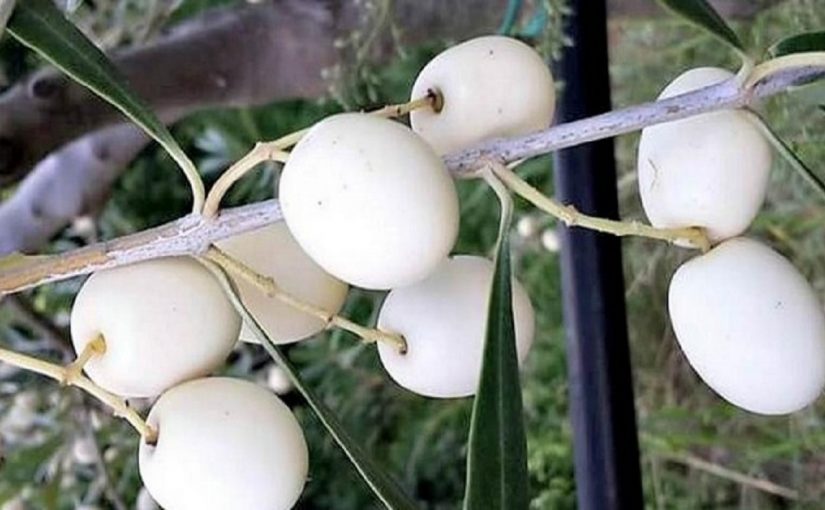15.11.2019
Not many people know of the existence of so-called “white olives“. This ancient variety has been recovered in Rossano. The plant, which at the time of the Magna Graecia was widespread throughout Calabria, especially near the Basilian monasteries, was called “leucolea“, which means white olive, due to the characteristic of its external peel which remains white even when they reach the full maturation.
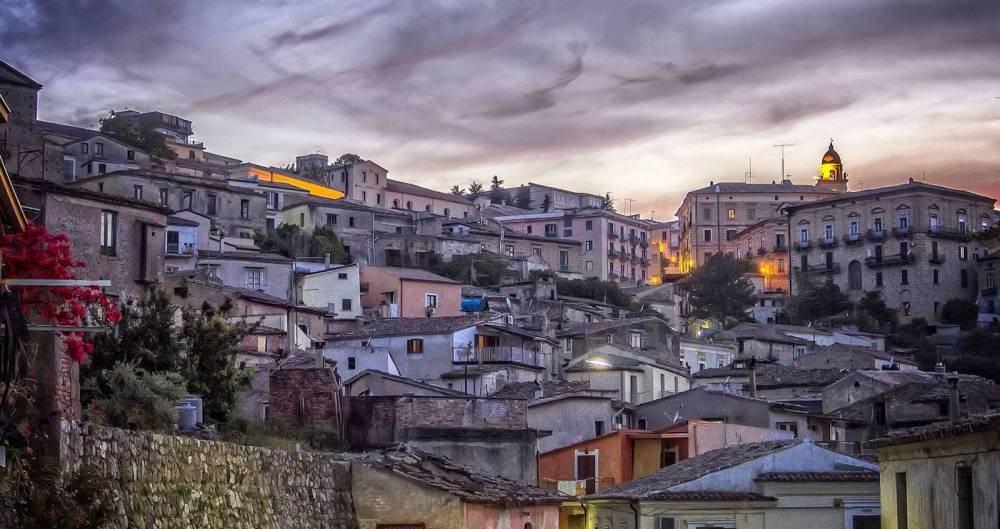
BOTANICAL CHARACTERISTICS
The Leucolea is an ancient olive cultivar that survives as a wild variety especially in Calabria and has the particularity of presenting white fruits.
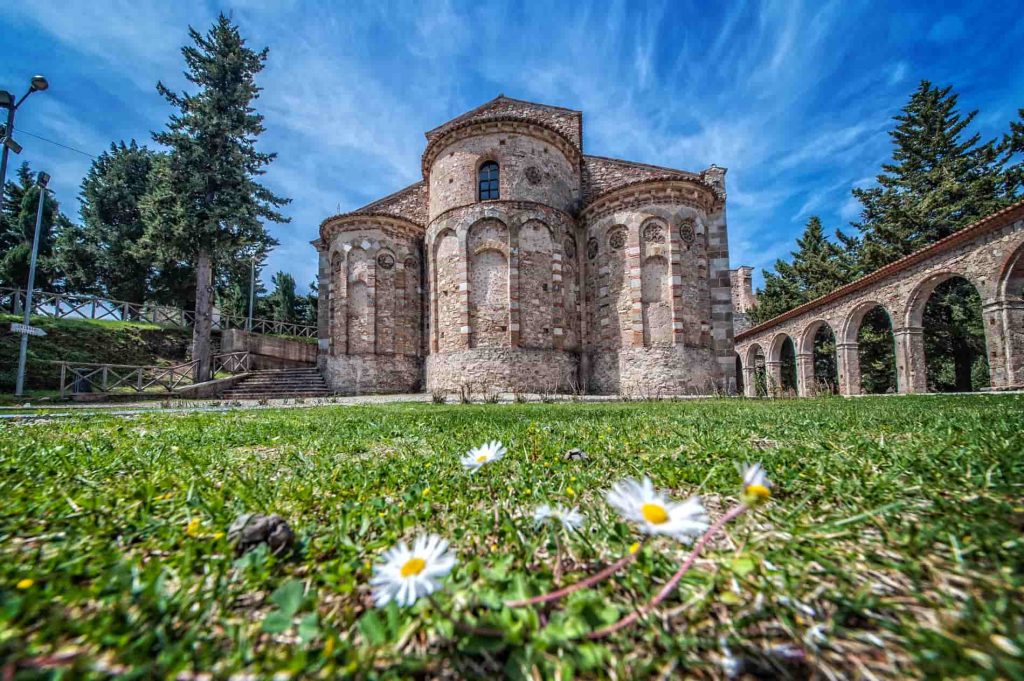
Before maturation the olives appear to be of a beautiful green color, like those of other varieties, but subsequently the exocarp does not become pigmented, it remains white.
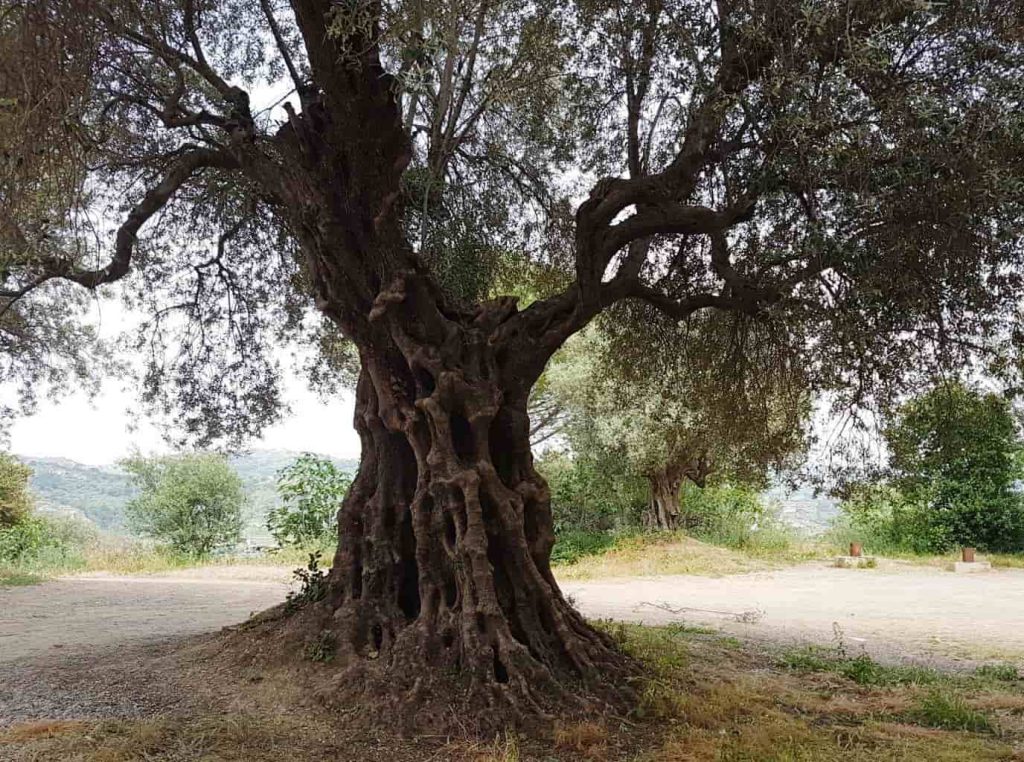
Usually, in fact, at the time of veraison (botanic term for maturation) within the fruits there is a degradation of chlorophyll and an increase in the production of anthocyanins which give the olives the characteristic black-blue color. In the case of this white olive, called Leucocarpa, instead, the synthesis of pigments is blocked and in the face of a decrease in chlorophyll there is no correspondent increase in anthocyanins.
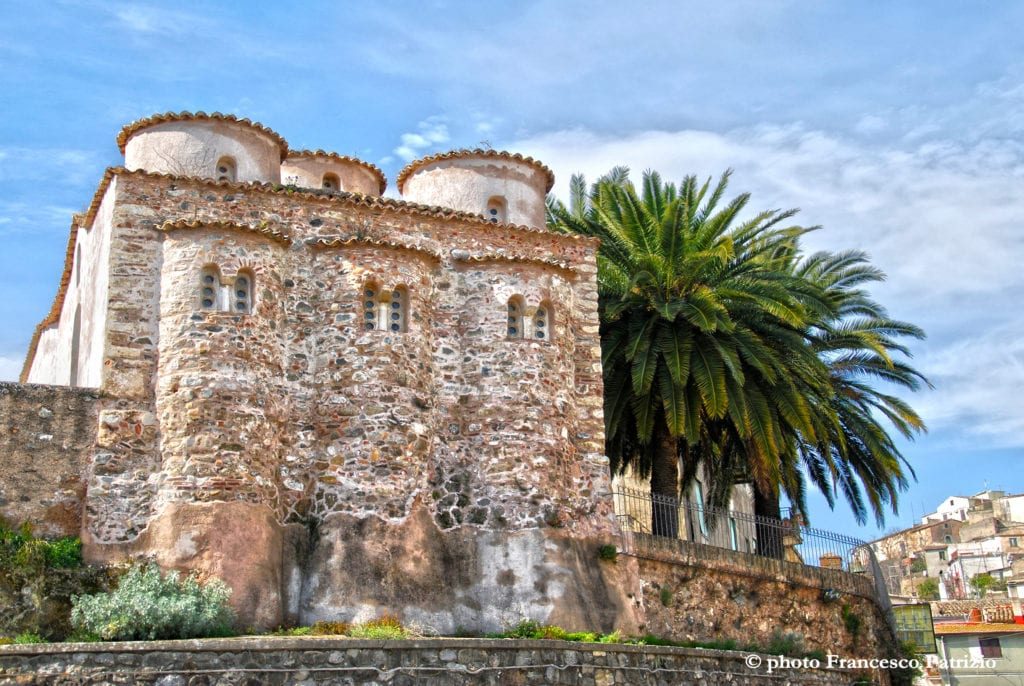
HISTORY, TRADITION, RELIGIOUS MEANING
As many historical sources report, the Basilian monks since 800 A.D. the time gave a strong impulse to some crops in Calabria and probably took care of these olive trees to use them in liturgical rites.
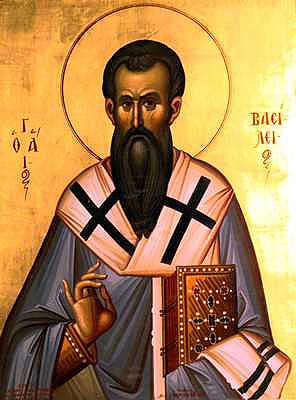
The oil of the leucolea, in fact, was also called “crisma’s oil” and was used in religious functions to anoint the priests and the high Byzantine imperial officials, in the ceremonies for the crowning of the emperors, and above all as a sacred oil in holy sacraments such as baptism, confirmation and anointing of the sick.

